Why your physician assistant resumé needs a summary section and how to write one
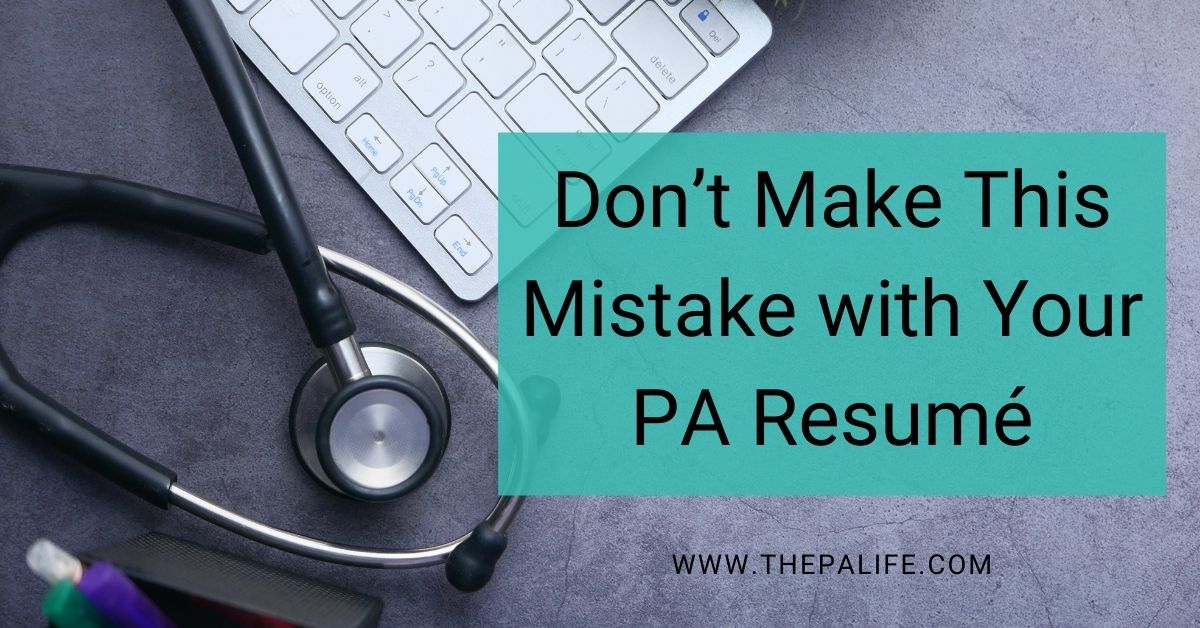
Resumé writing is hard, but a good SUMMARY section can do a lot of your work for you.
This often overlooked, yet simple-to-add section of your physician assistant/associate resumé can be the difference between getting an interview or never making it past the early gatekeepers. In this article, I'll explain why every job searching PA should add a summary section to their resumé and provide concrete examples of how to do it.
Your PA Resumé Needs a Summary Section...Here's Why
I’ve been teaching technical and business writing since the late 1990s and resumés, CVs, cover letters, statements of purpose, and other application materials have become some of my specialties. It’s been fascinating to watch the genres—especially resumés—evolve.

When I was an undergrad, resumés were written on typewriters. When I was in graduate school, we transitioned from DOS to Windows. When I started teaching, the game changers were MS Word and the Adobe creative suite. Then we had Googledocs! Piktochart! Canva! Then social media (I’m looking at you, Pinterest!) convinced us all that we should and maybe even could be graphic designers.
Things were changing on the other side of the resumé, too. When I was an undergrad, hand-typed resumés and cover letters were delivered via snail mail, usually—GET THIS—directly to the person who could actually hire for the position.
As with design, however, modern technology has influenced hiring. Increasingly sophisticated software has provided gatekeepers for the persons or committees with the superpower of hiring; and it's not just the gauntlet of HR interns, assistants, and managers.
Suddenly, your resumé has to parkour its way past these gatekeepers like Lara Croft juking a T. Rex in Tomb Raider. That HR intern? He has no idea what the job you’re applying for even is. He’s sorting a pile of resumés hot off the printer from the “info"@email.com address and comparing them to each job description. His whole job is just to make sure that your resumé gets into the correct pile so that it can make it upstairs to the next gatekeeper.
The Gatekeepers

And, just when you thought HR Intern was the toughest guardian, Applicant Tracking Software happened. It is, in fact, more accurately “applicant screening software,” but you can see the problem with the acronym.
Kudos to the branding professional on that front. Now you've got a bot screening your resumé before it even gets to HR Intern.

So, now you’re thinking, why even bother? How will my resumé ever get past any of these gatekeepers?
I am happy to tell you that there are ways and today we’re going to talk about the first one: the magical SUMMARY section.
The Magical Summary Section
When your dad taught you how to write a resumé, it went something like this. Your name and contact information were up top and then you had a heading that said OBJECTIVE.
The objective said something like “to act as a [name of position] for [name of company]." Objective lines, unsurprisingly, went the way of the Dodo. The SUMMARY section arose in their place.

Also called KEYWORDS, SKILLS SUMMARY, and a variety of other catch-alls. What this section does is simply list the specific skills, education, experience, certifications, etc., from the job description. It’s sort of a sneak peek at the main points of the resumé.
Think of Mr. Intern. He’s got a handful of job descriptions for the positions the company is staffing and he needs to figure out which resumé goes with which job.
Does he want to scan the body text multiple times trying to find the required education, experience, skills, etc? Spoiler alert: he does not.
Listing those terms right up front makes his reading task easier and moves your resumé into the correct pile. I find it helpful to think of the screening process as an obstacle course.

Now, think of the screening software. It’s going to scan your resumé, look for matches, and report them in terms of “hits.” This SUMMARY or KEYWORDS section solves both problems. Once your resumé makes it into the hands of the right person—the person who actually knows what the job entails and who would be a good fit for it—then that person can read the details.
What to Put in the Summary Section of your Physician Assistant Resumé
So, what should you put in the SUMMARY section of your physician assistant resume? Important question! In the broadest terms, it’s an abbreviated version of your whole resumé, so:
- Experience
- Skills
- Education
- Certifications
Start with the description that you saw on LinkedIn, Glassdoor, indeed, or wherever you find PA job postings. It’s going to say things like
- At least three years of healthcare experience
- Family Medicine/Urgent Care
- Physician Assistant (PA)
- Bilingual English/Spanish preferred
Keep the language CONCISE, CONCRETE, and QUANTIFIABLE
This is not the place to make claims like "positive attitude," "self-starter," or "highly-motivated." While those are all admirable qualities, as I have written elsewhere, they are about as effective in a SUMMARY section as claiming to have good posture.
Anyone can make these claims; they are not measurable. They take up valuable space that would be better used following the old "show, don't tell" advice from creative writing. You can talk about your delightful personal qualities in your cover letter or, better yet, once they already like you enough to interview you.
Here's an example of a SUMMARY section that addresses the qualifications listed above
PA-S/PA-C (May 2022) offers 5+ years of direct patient care experience; Rotations in Family Medicine, Urgent Care, Emergency Care, Internal Medicine; MA in PA Studies, Duke University; Bilingual English/Spanish
The language in the SUMMARY section mirrors the language in the job description closely enough that both the HR Intern and the screening software can identify matches.
You may have noticed that the items in the SUMMARY section not only reflect the content, but that they also follow the order in which they're listed in the description. That's just one more little trick to make your resumé line up neatly with the job description. And by "the job description," I mean EACH job description.
The SUMMARY section makes customizing your resumé for each job easier.
The SUMMARY section doesn't just make the reading tasks of the HR intern and the applicant screening bot easier: it makes YOUR life easier! You've heard that you need to customize your resumé for each individual job; that sounds just loathsome, doesn't it? I mean, writing a resumé just once can feel existentially exhausting. You're telling me I need to write a new one for every job I apply to?
Welp, it's the SUMMARY section to the rescue once again. Instead of reworking your whole resumé for each job, you can just brush up your keywords to make them match the job description.
Each time your resumé gets past one of these gatekeepers, it gets closer to the person who can read about your accomplishments and qualifications and actually understand them.
A good SUMMARY section helps your whole resumé clear the early hurdles and tells the last few readers at a glance that you ARE qualified for the job.
Conclusion...
The summary section of your resumé is one of the most important pieces of the PA job application process. It’s the first thing a potential employer sees and it can be the difference between your getting an interview or not. That’s why it’s so important to make sure your summary stands out from the crowd. In this article, we’ve provided some tips on how to write an effective summary that will make you stand out.
If you need help writing a great summary, our team here at The PA Life can assist you. We offer professional resume revision services that will help you create a summary that stands out and showcases your skills and experience in the best possible light. Don’t let your resume summary hold you back from getting the job of your dreams – let us help!
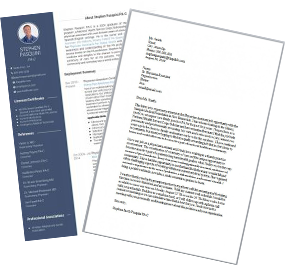
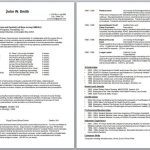
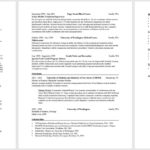


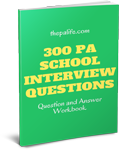

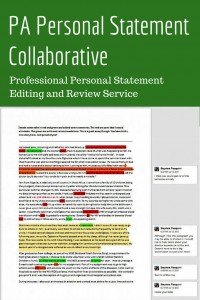








Leave a Reply